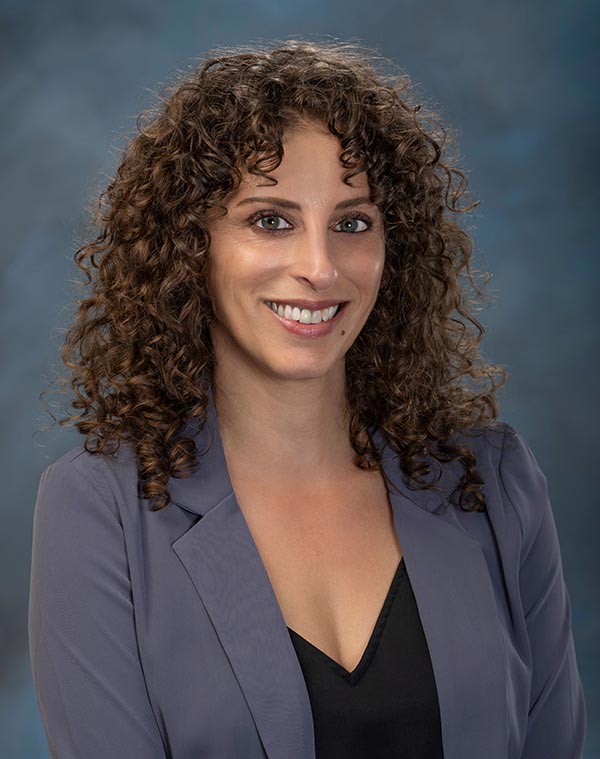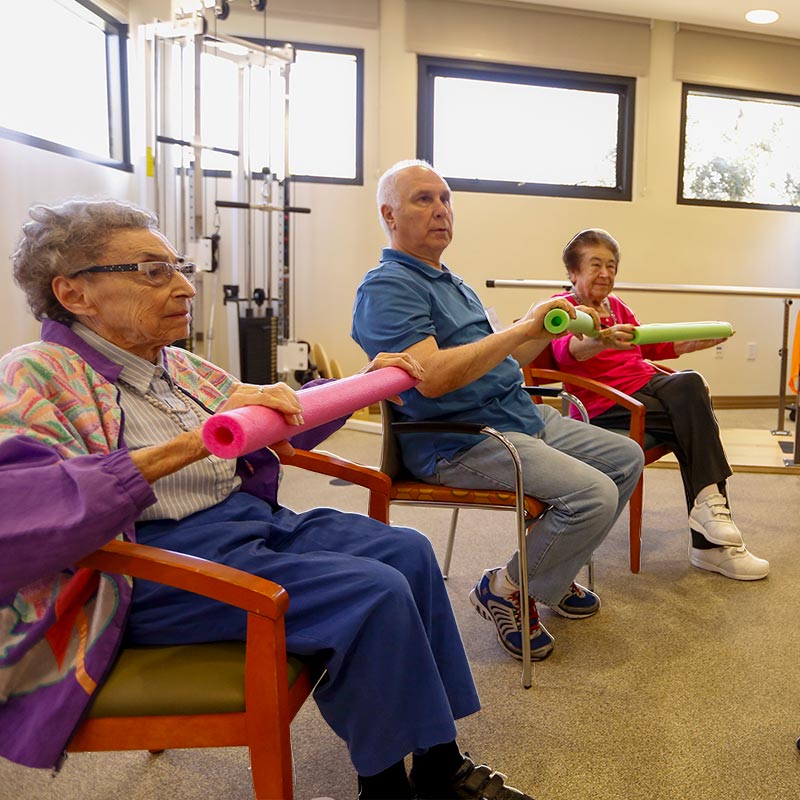By Paige Yaffe, MS, OT, Brandman Centers for Senior Care (BCSC) PACE

Providing Occupational Therapy (OT) to seniors aged 55 and older with chronic health conditions is both a science and an art. Picture this: a senior living independently or with others, struggling to thrive in their community due to physical, cognitive, psychological, or social limitations. These challenges put them at risk for injury or declining health. So, how does the ‘science’ of occupational therapy come into play? Before answering this, let’s first examine a critical issue affecting seniors.
Seniors with chronic health conditions often struggle with basic daily tasks such as eating, bathing, dressing, using the restroom to relieve themselves and even movement from location to location within their home. In other words, their ability to perform Activities of Daily Living (ADLs) are at risk. This can affect their dignity, well-being, and most importantly, their spirit. In addition, more complex tasks, known as Instrumental Activities of Daily Living (IADLs), such as managing finances, carrying out household chores, and navigating the community present even greater challenges. These tasks require multiple skill sets, including physical function, cognitive ability, and social skills. What many take for granted—shopping, preparing a simple meal, cleaning, doing laundry, taking medications correctly, or paying bills—become increasingly difficult for seniors.
Furthermore, medical conditions such as dementia, Alzheimer’s disease, stroke, or chronic obstructive pulmonary disease (COPD) can further hinder a senior’s ability to live independently and thrive in their community. This is where occupational therapy can bring hope.
At the Brandman Centers for Senior Care PACE, ‘hope’ is more than just a word—it’s the foundation of work in Occupational Therapy (OT) area. Using a “Top-Down” approach, the focus is on an individual’s engagement in meaningful activities. OT helps ease pain by improving flexibility and reducing fall risks. This therapy also enhances fine motor skills, strength, dexterity, and range of motion through targeted exercises. Challenges are identified and strategies developed to enable seniors to perform daily tasks safely. This may include modifications around the home, adaptive equipment, and compensatory techniques. This individualized approach improves both physical and cognitive function, reducing the need for assistance and enhancing one’s overall well-being.
Occupational therapy provides hope because it empowers seniors to regain independence in activities that matter most to them. A personalized treatment plan addresses each senior’s unique needs and challenges, alleviating pain and enhancing their quality of life.
Yes, there is hope for seniors with chronic health conditions. And the best part? The ‘science’ of OT plays a vital role in helping them regain confidence and thrive.
For more information about PACE, call 818.774.8444.









